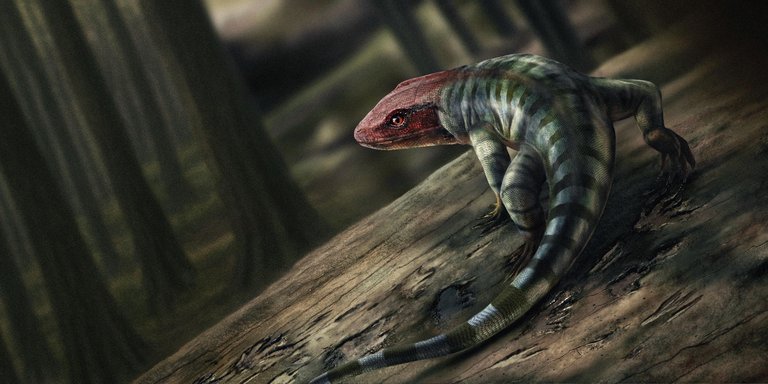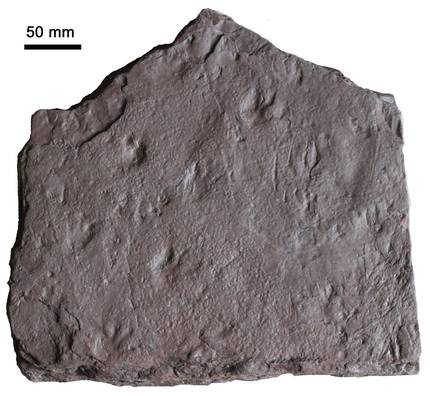The footprints of a “reptile” are found much earlier than expected

The oldest footprints of an amniote to date have been found in Australia. They date from 356 million years ago, presumably from 35 to 40 million years before the formation of the amniotes. The discovery was published in the journal Nature.

An important step in the evolution of animals is the passage of four-legged animals, tetrapods, from water to land. Some tetrapods acquired the ability to reproduce in the soil, developing eggs that contained a membrane that prevented drying. These were amniotes. Today, this group includes reptiles, birds and mammals. The oldest known fossils of amniotes are about 320 million years old, suggesting that amniotes took about 90 million years to develop since the first tetrapods came out of the water. According to this new finding, however, it appears that this development occurred much more rapidly.
In fact, the footprints found in Australia date back 40 million years before the earliest known fossils. Two sets of footprints have been identified; the researchers believe they might be from the same animal. The fingerprints show that they were made by an amniote. In particular, five are marks left by the back edges, and the animal's front edges were slightly smaller than the back edges. It is believed that they could belong to a primitive sauropsid (ancestors of reptiles and birds today), which, according to the spacing between the feet, has been estimated to have a length of about 80 cm.
Buletina
Bidali zure helbide elektronikoa eta jaso asteroko buletina zure sarrera-ontzian











